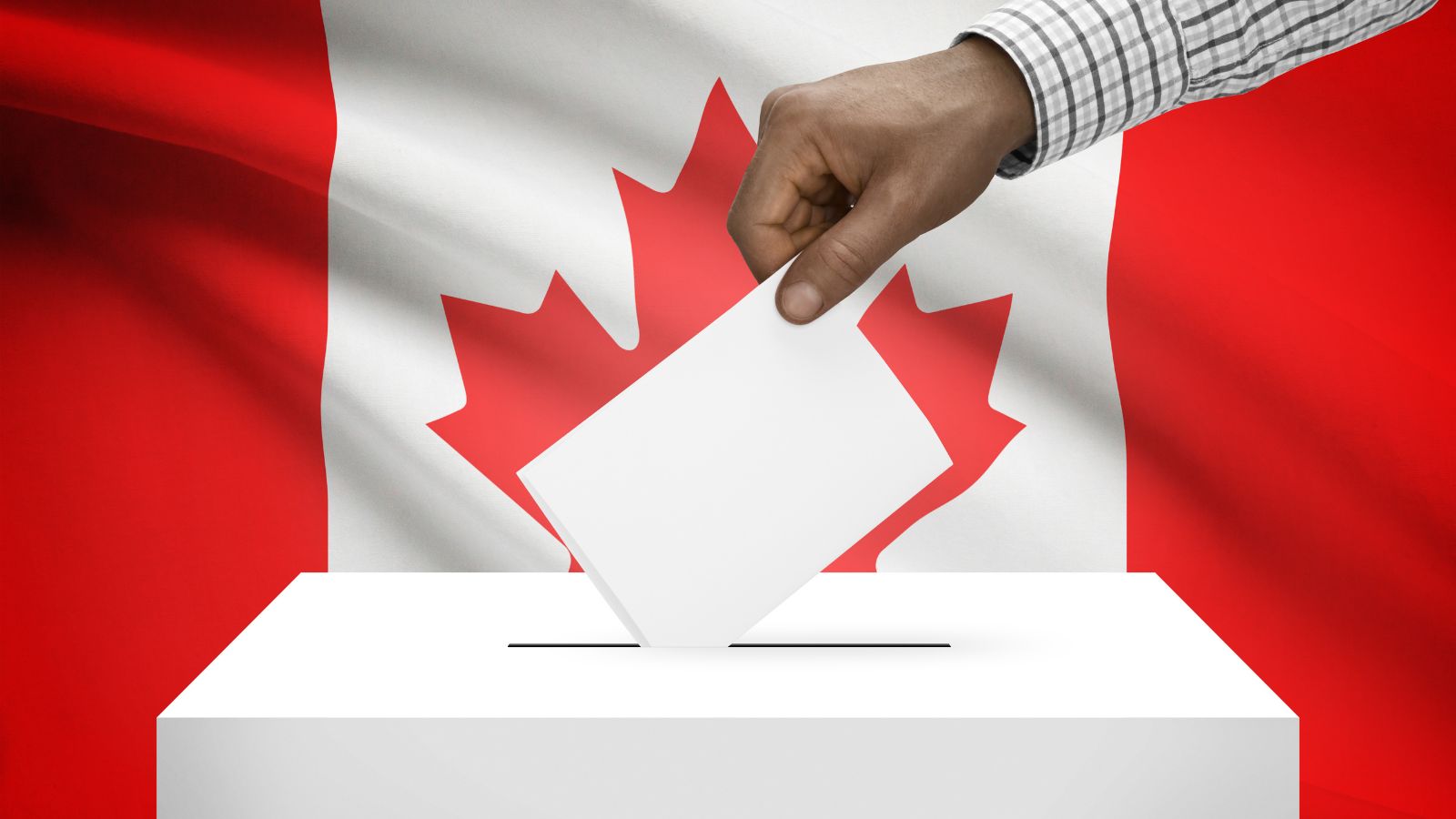Some moments reveal a country’s quiet strength more clearly than any speech or global ranking. Throughout recent decades, several decisions, actions, and stances have shown how consistently Canada holds firm even when others hesitate or reverse course. These examples rarely dominate headlines, yet they demonstrate a pattern of resilience. Here are 19 times Canada held firm when others folded.
Commitment to Peacekeeping Reform

During a period when many nations stepped back from peacekeeping responsibilities, Canada continued to invest in modernizing its approach rather than reducing involvement. The country focused on training missions, civilian protection, and specialized support roles instead of large deployments. This helped stabilize operations in Mali and Ukraine through strategic training programs that strengthened local forces. The approach also aligned with recommendations from international bodies asking for better coordination rather than higher troop counts. While several countries scaled down their obligations due to cost or public pressure, Canada held firm by reworking its role instead of abandoning it, ensuring peacekeeping remained a priority with practical value.
Defending Supply Management During Trade Pressure

When multiple trade partners pushed for the removal of supply management in agriculture, many countries facing similar pressure chose to weaken their domestic protections. Canada maintained the system while negotiating adjustments during major trade talks like CETA, CPTPP, and USMCA. This prevented the collapse of thousands of family-run dairy and poultry farms that depend on pricing stability. The stance ensured reliable food production, avoided sudden price volatility, and protected rural economies from rapid consolidation seen elsewhere. The decision to absorb diplomatic friction instead of abandoning a long-standing system demonstrated how economic security for producers outweighed external demands for full liberalization.
Protecting Public Broadcasting in the Streaming Era

As several countries cut funding for public broadcasters in favor of private market expansion, Canada continued to reinforce the role of the CBC and its regional networks. The decision preserved local reporting in remote areas where commercial outlets had withdrawn due to low advertising revenue. This effort also protected Indigenous language programming and ensured communities remained connected to emergency alerts and public information. While other nations allowed their public broadcasters to shrink significantly, Canada maintained the infrastructure that supports nationwide communication. The move protected cultural and informational continuity at a time when many regions globally were losing access to trusted reporting.
Upholding Refugee Resettlement Commitments During Global Declines

During periods when global resettlement numbers dropped sharply, Canada held firm on its commitments and even expanded private sponsorship initiatives. Many countries tightened criteria or paused intakes, citing resource concerns or political tensions. Canada instead coordinated with community groups, religious organizations, and settlement agencies to maintain predictable arrivals. The program’s reliability helped vulnerable families from Syria, Afghanistan, and several African nations rebuild their lives. These steady intake numbers also supported international burden sharing during a time when several nations were stepping back. The decision demonstrated a commitment to humanitarian responsibility despite changing global attitudes.
Maintaining Strong Banking Regulation Through Deregulation Waves

As financial deregulation gained popularity in major economies, Canada refused to loosen several fundamental banking rules. This choice was tested during the global financial crisis, when heavily deregulated systems in other countries experienced widespread failures. Canada’s refusal to adopt high-risk mortgage practices, loose capital requirements, and aggressive investment structures resulted in a banking sector that stayed stable during global turbulence. This approach preserved consumer confidence, protected savings, and minimized taxpayer exposure to bailouts. The decision to maintain strict oversight proved that resilience was possible without chasing short-term profit incentives often promoted abroad.
Prioritizing Indigenous Consultation in Resource Decisions

Several countries facing pressure for faster resource extraction reduced consultation requirements, but Canada continued to expand involvement frameworks with Indigenous communities. This included clearer expectations for environmental reviews, long-term benefit agreements, and shared monitoring programs. While the process can be slower, the commitment to thorough consultation has led to stronger project partnerships, such as in the Northwest Territories and northern Quebec. These arrangements improved economic outcomes for Indigenous communities while reducing disputes and delays that often occur after rushed approvals. Holding firm on this approach demonstrated a belief in long-term legitimacy rather than quick approvals.
Preserving National Parks Despite Tourism Pressures

At a time when many countries expanded commercial development inside protected areas to increase tourism revenue, Canada enforced strict conservation rules across its national parks. This protects ecosystems in places like Banff, Jasper, Gwaii Haanas, and Gros Morne from overcrowding and overbuilding. Instead of allowing large expansions of hotels or recreational facilities inside park boundaries, the government focused on trail restoration, wildlife protection, and sustainable visitor management. This helped preserve biodiversity and natural landscapes for future generations. While commercial operators pushed for greater access, Canada held firm on environmental integrity over short-term tourism income.
Defending Universal Public Health Care During Rising Costs

Rising healthcare expenses led several countries to introduce large private sector expansions or insurance-based systems. Canada resisted this shift and continued to strengthen universal access through federal transfers, provincial collaboration, and targeted reforms. This included investments in primary care teams, mental health services, and surgical backlogs. The country chose to preserve the principle that medical treatment should not depend on income, even as pressures grew internationally to adopt more privatized models. The decision ensured financial protection for citizens and helped maintain public confidence in the system despite ongoing challenges.
Protecting Digital Privacy When Tech Companies Pushed Back

As major tech companies lobbied globally against stricter privacy rules, Canada strengthened its frameworks through updated legislation and enforcement measures. These changes increased transparency requirements, improved user consent standards, and introduced penalties for mishandling data. While some countries delayed reforms to maintain industry relationships, Canada held firm on privacy protection. The stance contributed to clearer expectations for businesses, better safeguards for children online, and improved accountability in data handling. These protections helped the public maintain trust in digital services at a time when global privacy incidents were becoming more frequent.
Strengthening Food Safety Standards Through Industry Opposition

Several food-producing nations relaxed safety standards to reduce costs and meet export competition. Canada took the opposite route by introducing enhanced inspection protocols, traceability requirements, and labelling improvements. These measures applied across meat processing, produce handling, and imported goods. The commitment ensured consistency in national food safety despite pushback from some industry groups concerned about compliance expenses. The stronger oversight contributed to reduced contamination incidents and better consumer confidence, especially during periods of global supply chain instability. This stance reinforced health protection as a priority ahead of industry cost savings.
Preserving Critical Arctic Monitoring Stations

During budget cuts elsewhere, many countries reduced investment in climate and atmospheric monitoring. Canada maintains several Arctic research stations that track sea ice changes, permafrost shifts, and greenhouse gas levels. These locations provide essential data for global climate models and contribute significantly to understanding northern environmental trends. By keeping these facilities operational, Canada supported international science even when other nations scaled back. This decision ensured continuity of long-term datasets that are crucial for predicting future climate impacts and informed global research collaborations that rely on consistent northern measurements.
Insisting on Rigorous Safety Standards for Public Transit Expansion

Rapid transit development in several global cities led to shortcuts in safety reviews to meet ambitious construction timelines. Canada resisted these shortcuts by enforcing strict engineering and testing requirements in new subway, light rail, and commuter rail projects. While this sometimes extended deadlines, the commitment to safety ensured reliability and reduced long-term maintenance issues. Projects in Toronto, Vancouver, and Ottawa benefited from detailed oversight that prevented structural compromises. This insistence on thorough review processes protected passengers, avoided significant future repair costs, and demonstrated that infrastructure growth does not need to sacrifice safety.
Backing Anti-Corruption Measures in Foreign Aid Programs

Some countries scaled back oversight in international aid programs to speed up funding flows. Canada maintained strong transparency conditions, financial tracking requirements, and evaluation benchmarks. These practices helped prevent the misuse of funds in partner countries and improved long-term accountability. The stance ensured that aid programs focused on measurable outcomes in health, education, and governance rather than simply expanding budgets. This approach earned Canada a reputation for reliability among international organizations and reinforced the principle that effective development requires responsible fund management.
Following Scientific Guidance During Health Emergencies

During health crises, several governments shifted recommendations based on political calculations or public pressure. Canada consistently deferred to scientific agencies for guidance on vaccinations, public health measures, and emergency preparedness. Even when decisions were unpopular, federal and provincial health authorities maintained practices grounded in evidence. This contributed to effective responses to outbreaks such as SARS, H1N1, and later health emergencies. The commitment to science-based action helped protect vulnerable groups and ensured that public messaging remained consistent across regions.
Protecting Workers Through Strong Labour Standards

Global competition pushed some countries to weaken labour protections, such as overtime limits, safety requirements, and collective bargaining rights. Canada held firm on maintaining strong labour codes that protected workers’ health, fair wages, and organizing rights. Several provinces strengthened workplace safety inspections and introduced protections for gig workers and temporary foreign laborers. This ensured more stable working conditions during a period marked by rapid economic restructuring. The commitment to worker protections demonstrated that labour standards could remain robust while still supporting economic growth.
Maintaining Cultural Funding While Others Reduced It

Economic downturns led many governments to cut cultural budgets, leaving artists, festivals, and community programs with limited support. Canada preserved funding for arts councils, film production, and cultural institutions, recognizing the sector’s role in national identity and economic activity. Programs helped keep regional theatres, museums, and creative organizations operating during financially challenging periods. This commitment prevented large gaps in cultural development and supported employment for thousands of workers in the creative sector. The stance strengthened long term artistic output at a time when other nations were scaling back.
Continuing International Commitments to Environmental Treaties

While some countries withdrew from key environmental agreements or weakened their emissions pledges, Canada stayed committed to international climate frameworks. This included adherence to Paris Agreement targets, investments in emissions reduction technologies, and collaboration with global partners. Holding firm on international obligations signaled a willingness to support collective action even when geopolitical tensions made cooperation difficult. These commitments encouraged domestic innovation in clean technology and provided stability for industries transitioning to lower-carbon operations.
Preserving Bilingual Education Standards

As multilingual education programs faced reductions in some regions worldwide, Canada maintained its bilingual commitments and supported access to French immersion, minority language schools, and language rights services. This preserved cultural continuity and ensured national institutions remained accessible to both official language communities. Investments in teacher training, curriculum development, and rural language programs protected opportunities for students living outside major urban centres. The decision upheld linguistic equality and reinforced long-term cultural cohesion.
Ensuring Transparent Election Rules During Global Instability

During times when several countries altered election rules in ways that reduced transparency or independent oversight, Canada strengthened its electoral safeguards. This included improving monitoring processes, regulating foreign influence, and updating campaign finance standards. Elections remained accessible, predictable, and trustworthy. These protections preserved public confidence and ensured that political competition followed clear legal frameworks. The decision to maintain and reinforce strong democratic processes stood out during a period when global confidence in elections was declining.
21 Products Canadians Should Stockpile Before Tariffs Hit

If trade tensions escalate between Canada and the U.S., everyday essentials can suddenly disappear or skyrocket in price. Products like pantry basics and tech must-haves that depend on are deeply tied to cross-border supply chains and are likely to face various kinds of disruptions
21 Products Canadians Should Stockpile Before Tariffs Hit
